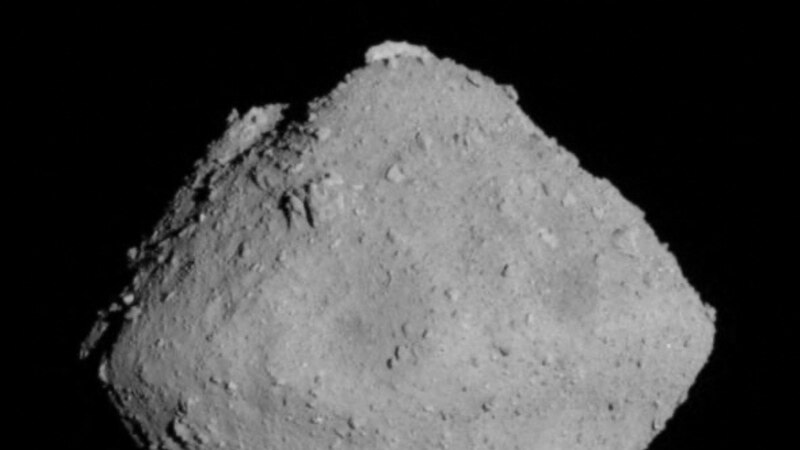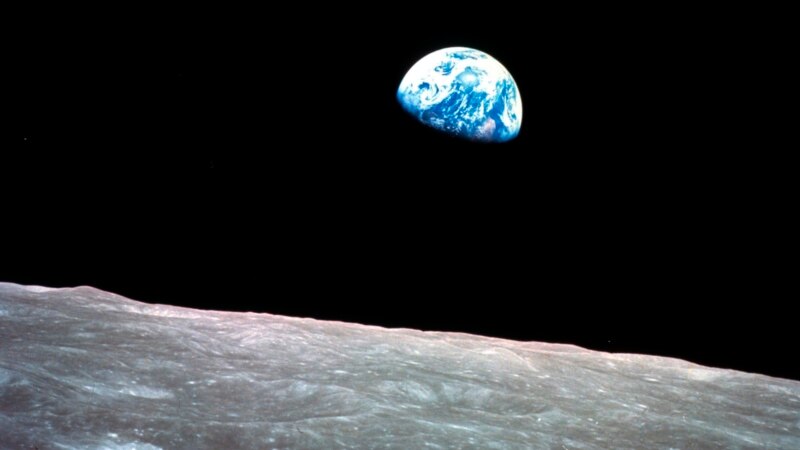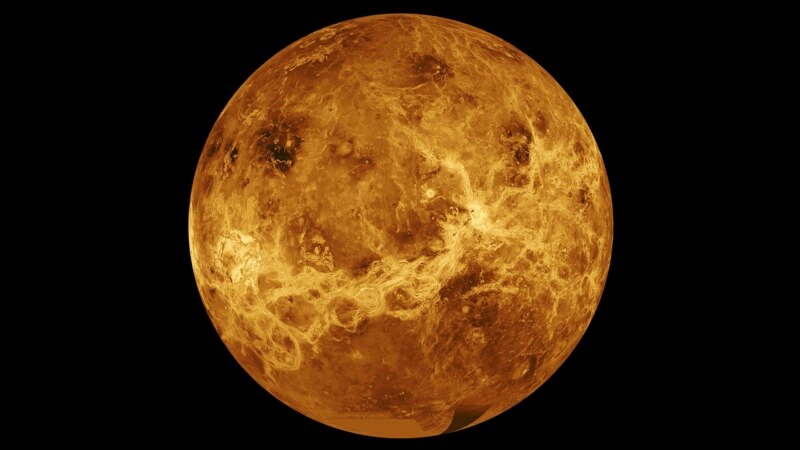
Scientists Find Elements of Life on an Asteroid
Two chemical compounds necessary to living organisms have been found in material from the asteroid Ryugu.
The Japanese spacecraft Hayabusa2 collected the materials and sent them back to Earth.
The findings from an international group of scientists support the idea that some elements of life arrived on Earth from asteroids billions of years ago.
Scientists said on Tuesday they discovered uracil and niacin in rocks collected by a Japanese Space Agency aircraft. The samples came from two places on Ryugu in 2019.
Uracil is one of the chemicals present in RNA. RNA is a molecule carrying directions for building and operating living organisms. Niacin, also called Vitamin B3 or nicotinic acid, is important for metabolism .
The Ryugu samples traveled 250 million kilometers back to Earth and returned to Earth’s surface in a container. The container landed in December 2020 in Australia.
Scientists, for a long time, have aimed to understand the conditions necessary for life on Earth after it formed about 4.5 billion years ago. Bodies like comets, asteroids and meteorites struck the Earth at that time. The new findings support the theory that those bodies provided the planet with compounds that helped create the first organisms.
Scientists had found organic molecules in meteorites found on Earth. But it was not clear whether those space rocks had been affected by Earth's environment after landing.
“We suspect (uracil and niacin) had a role in… evolution on Earth and possibly for the emergence of first life," said astrochemist Yasuhiro Oba of Hokkaido University in Japan. An astrochemist studies chemistry in places other than Earth. He is lead writer of the research published in Nature Communications.
RNA is short for ribonucleic acid. Uracil is necessary to form RNA, a group of molecules present in all living cells and very important for the activity of genes. RNA is similar to DNA, the molecules that carry an organism's genetic instructions .
Niacin is important for metabolism and can help produce the "energy" that powers living organisms.
Oba said uracil and niacin were found at both landing sites on Ryugu. The asteroid is about 900 meters in diameter and is considered a near-Earth asteroid. The amounts of the compounds were higher at one of the places than the other on the asteroid.
Asteroids are rocky space bodies that formed in the early period of the solar system. The researchers suggest that the organic compounds found on Ryugu may have been formed with the help of chemical reactions caused by starlight in icy materials in space.
I’m Dan Novak.
Dan Novak adapted this story for VOA Learning English based on reporting by Reuters.
Words in This Story
asteroid — n. a large group of small bodies that orbit the sun
metabolism — n. the process in living cells of producing energy and new substances
role — n. the part that something plays in a process or activity
evolution — n. the theory that changes in plants and animals happen because of natural processes over long periods of time
emergence — n. the act of becoming seen or coming into existence
instructions –n. (often pl.) a set of statements, letters or codes that enable something to be done
Share this article:
This article uses material from the VOA Learning English article, and is in public domain. Images and videos are available under their respective licenses.


